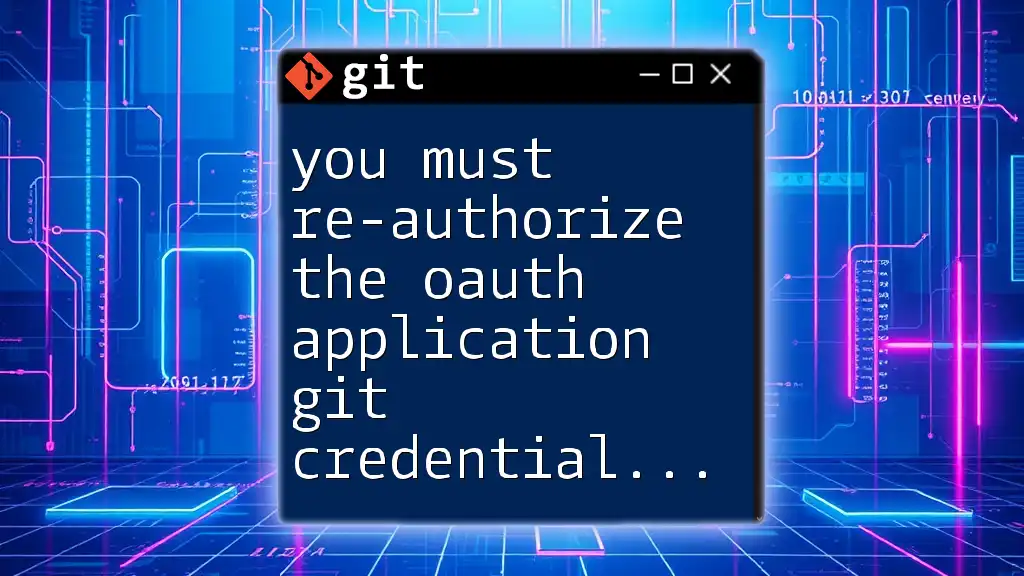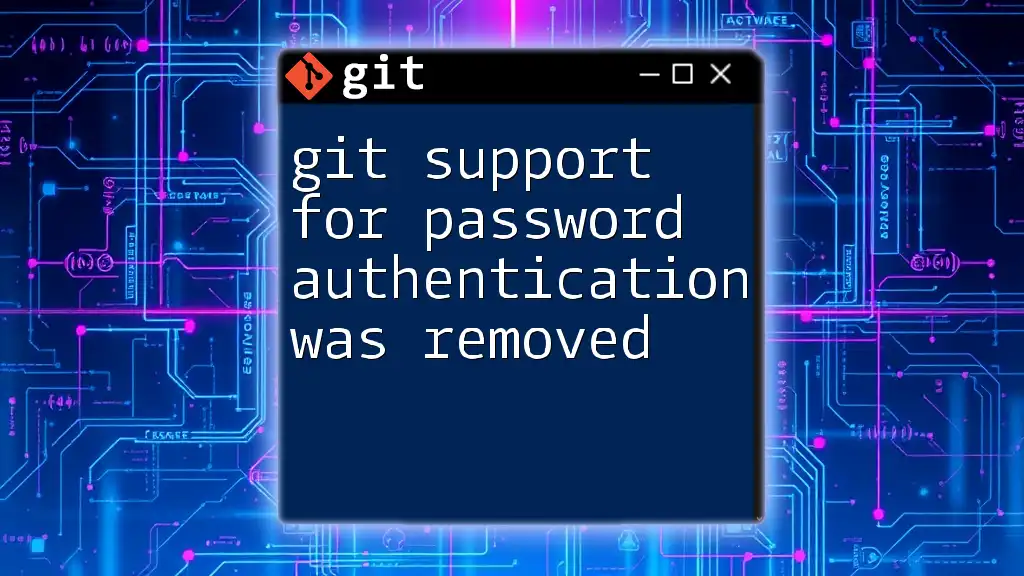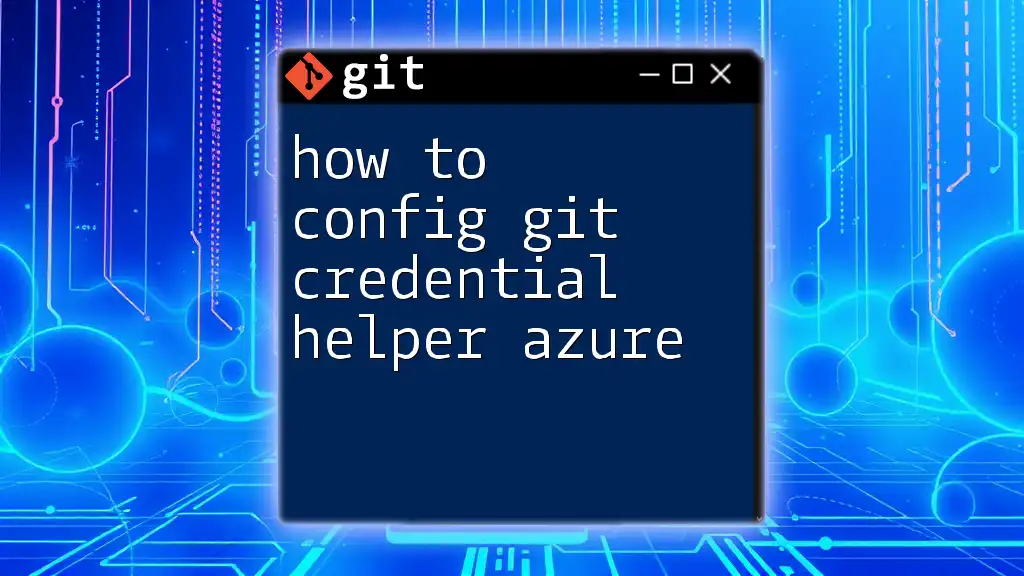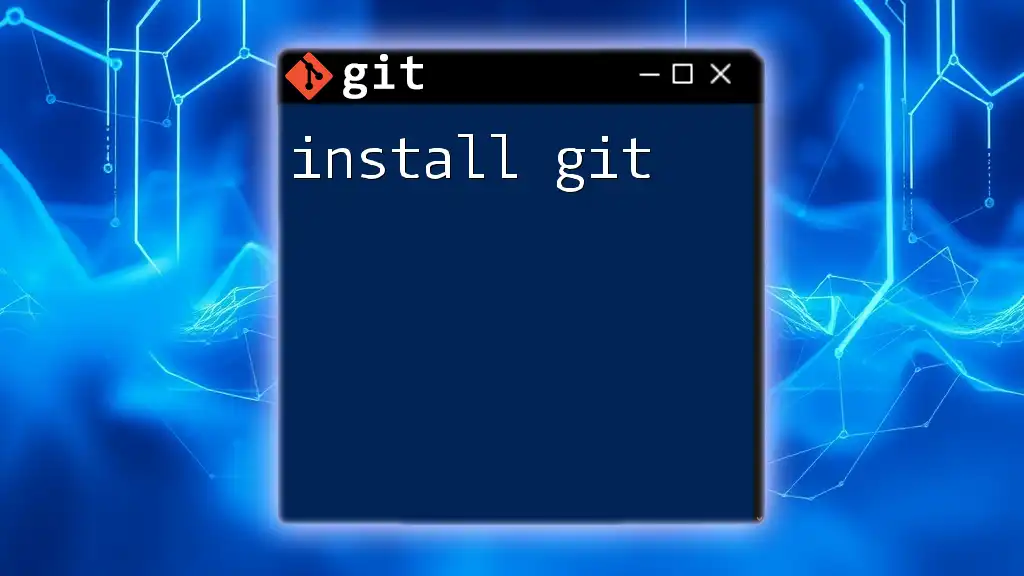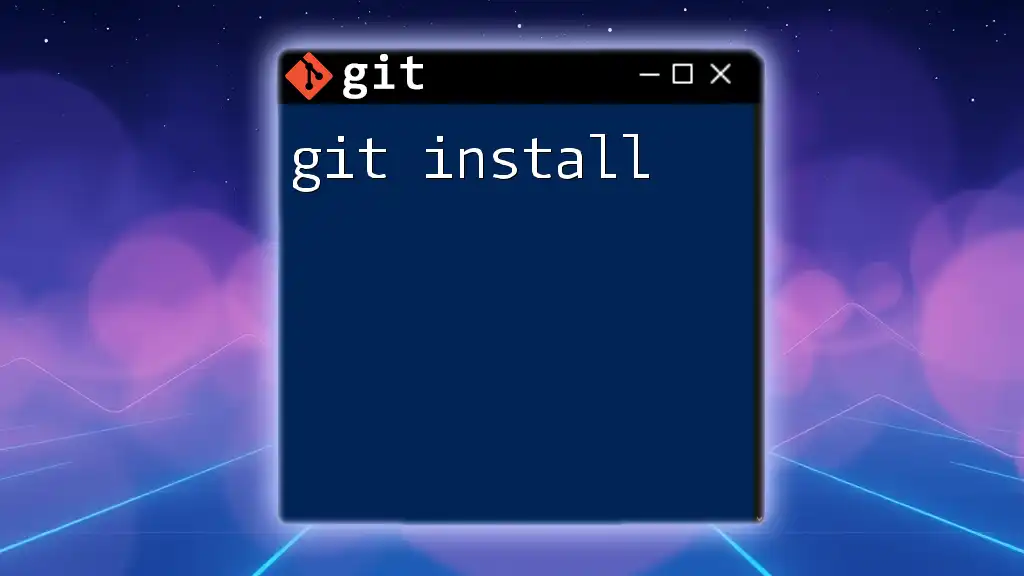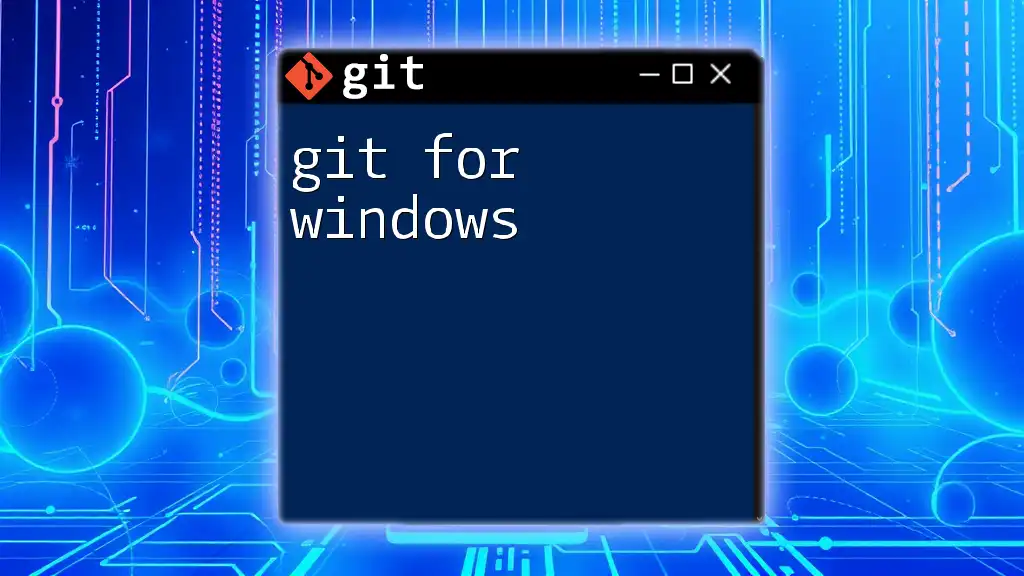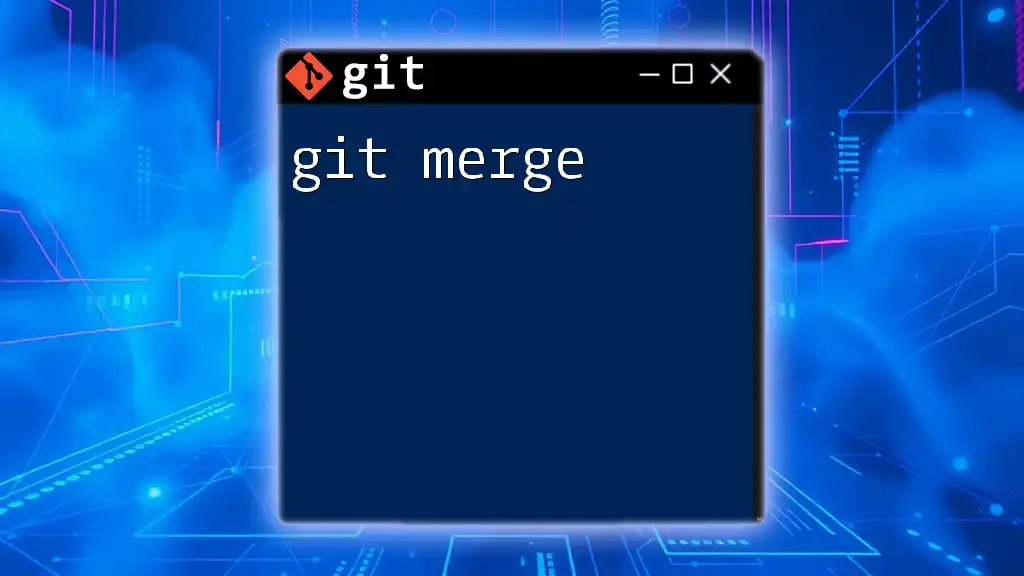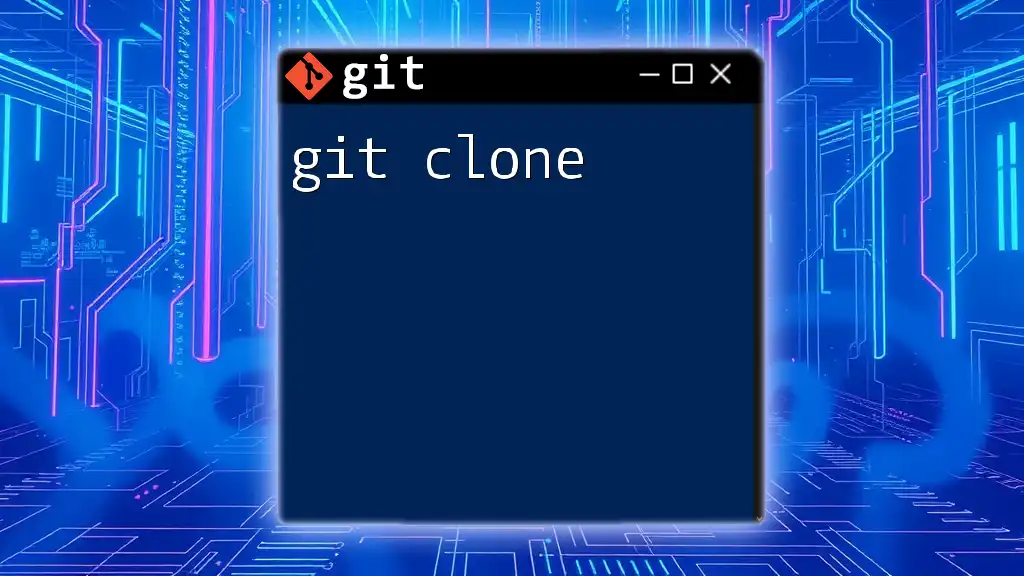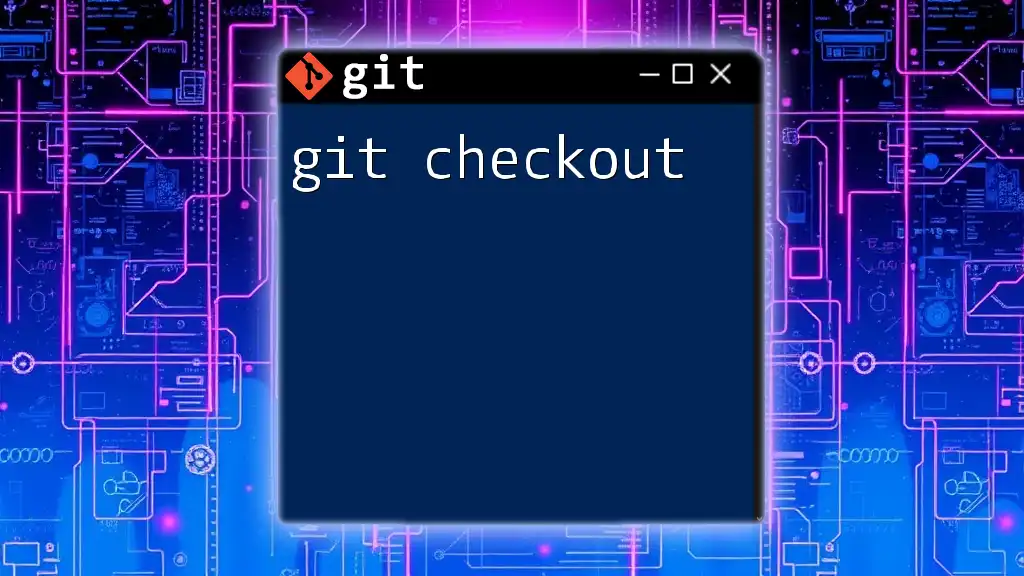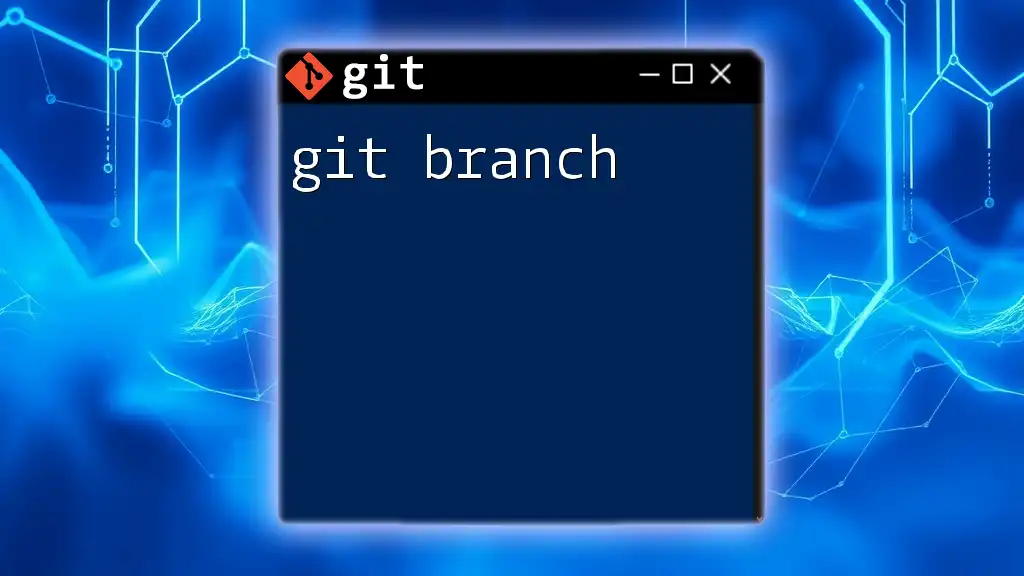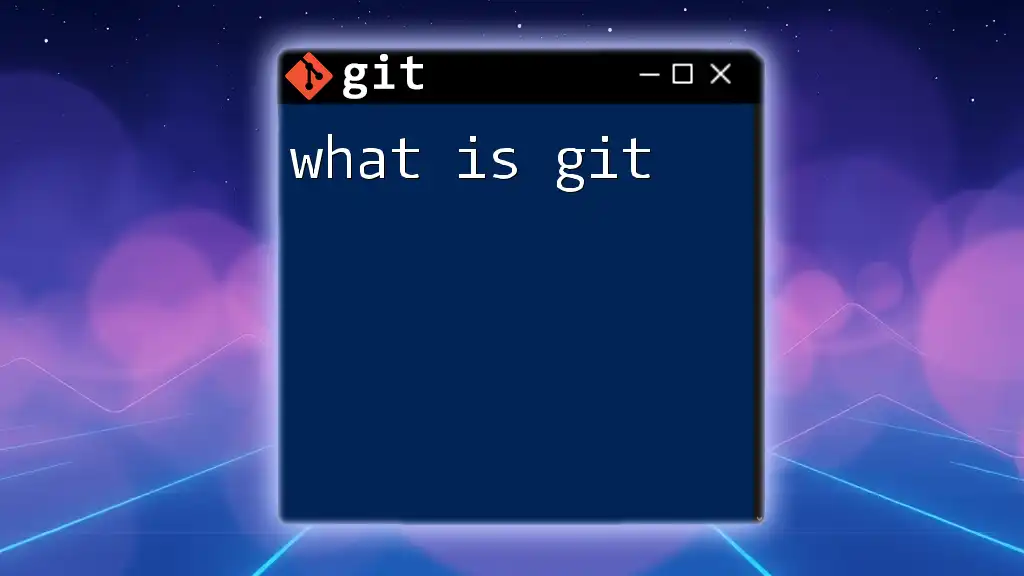If you encounter the message "you must re-authorize the OAuth application Git Credential Manager," it generally means that the authorization token has expired, and you'll need to refresh it by re-authenticating your Git account.
git credential-manager-core configure
Understanding Git Credential Manager
The Git Credential Manager (GCM) is a powerful tool that simplifies the management of credentials in Git repositories. It acts as a secure storage solution for your authentication tokens and passwords, allowing users to interact with services like GitHub, GitLab, and Bitbucket without repeatedly entering their credentials.
Why Use OAuth for Authentication?
OAuth is an open standard for access delegation commonly used for token-based authentication. When you use OAuth with Git Credential Manager, you enjoy several advantages:
- Enhanced Security: OAuth tokens are time-limited and can be revoked without changing your password.
- Better User Experience: With OAuth, you can authenticate seamlessly without having to type in your credentials every time.
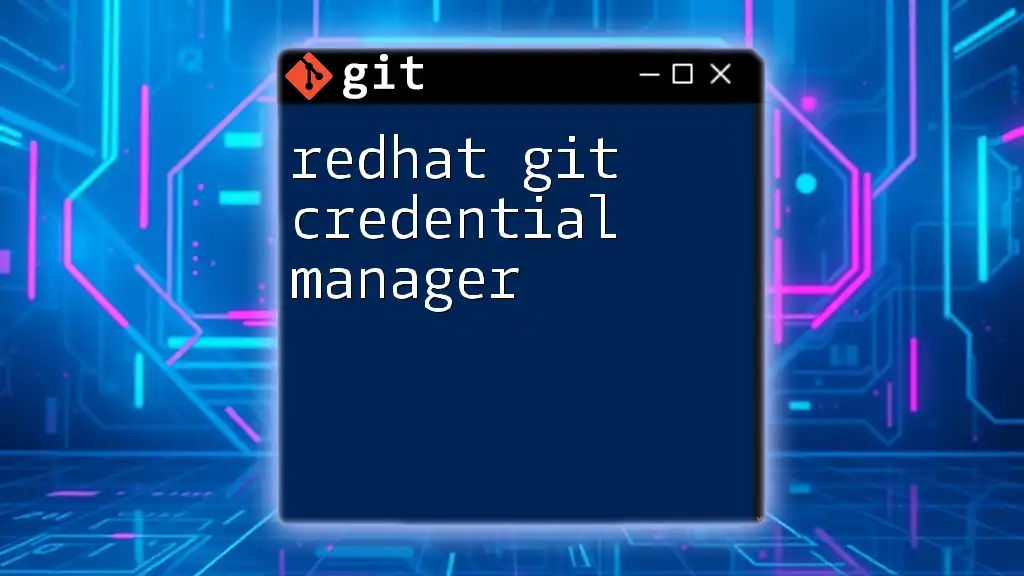
When Do You Need to Re-Authorize?
Re-authorization may be necessary in the following scenarios:
- Token Expiration: OAuth tokens have a limited lifespan. When they expire, you need to re-authorize the application to obtain a new token.
- Revoked Permissions: If permissions associated with your OAuth token are changed or revoked intentionally or unintentionally, you will need to re-authorize.
- Changing Authentication Methods: If there are changes in the way authentication is handled by your Git service, you may be prompted to re-authorize.
Recognizing when to re-authorize is crucial. Typically, you’ll encounter a prompt indicating that "You must re-authorize the OAuth application Git Credential Manager."
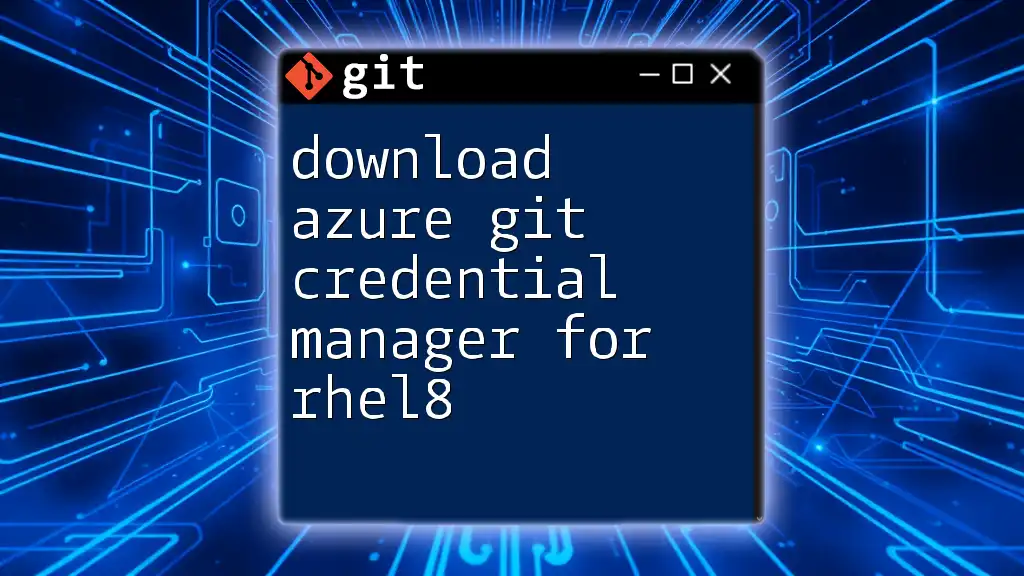
Steps to Re-Authorize the OAuth Application
Prerequisites
Before you begin, ensure that the Git Credential Manager is installed on your machine. It’s compatible with major platforms, including Windows, macOS, and Linux. Additionally, ensure you are using a supported Git service like GitHub or GitLab.
Step-by-Step Guide to Re-Authorization
Step 1: Open Command Line or Terminal
Depending on your operating system, open the following:
- Windows: Command Prompt or PowerShell
- macOS: Terminal
- Linux: Terminal
Step 2: Check Git Version
To confirm that you’re using the latest version of Git, run:
git --version
If your version is outdated, visit the official Git website for instructions on how to update.
Step 3: Initiate Git Credential Manager
You need to tell Git to use the credential manager. Run the command:
git config --global credential.helper manager
This command sets the Git Credential Manager as the default credential helper, ensuring that your credentials will be securely managed.
Step 4: Perform a Git Operation
To trigger the re-authorization process, attempt a Git operation that requires authentication, such as cloning a repository:
git clone https://github.com/username/repo.git
Upon executing this command, you will likely see the re-authorization prompt.
Step 5: Follow the Re-Authorization Workflow
A browser window will open, directing you to the OAuth consent page of your Git service. Here, you will log in and grant the necessary permissions for the Git Credential Manager to access your account.
Make sure to review the permissions being requested. It’s essential to only allow what you’re comfortable granting.
Step 6: Confirm Successful Re-Authorization
Once you have completed the OAuth workflow, return to your terminal. Any subsequent Git commands should execute smoothly, indicating the authorization was successful. You can further validate by checking if your credentials are stored properly in credential manager.
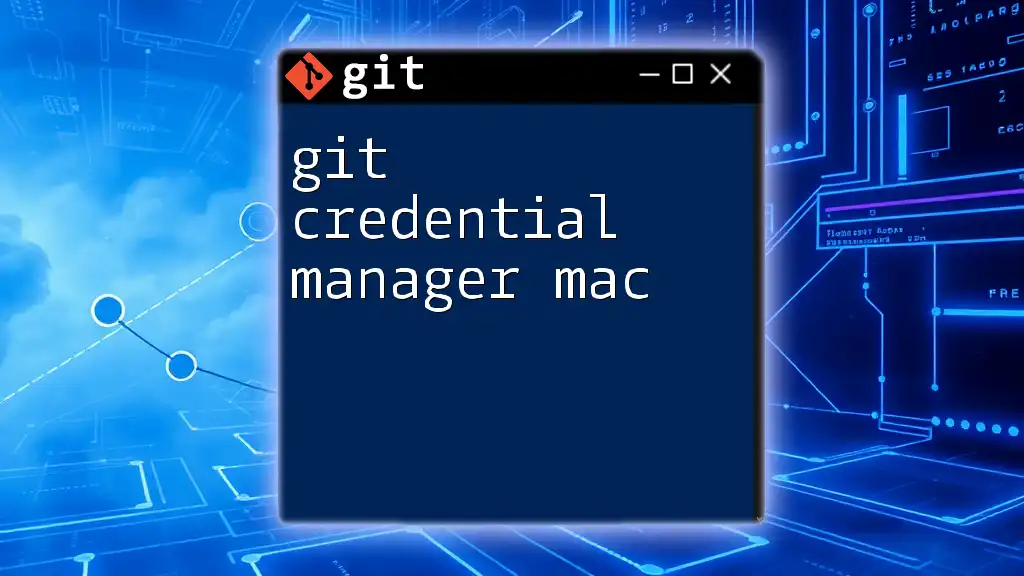
Troubleshooting Common Issues
Issues With Git Credential Manager
Sometimes, you may encounter errors during the re-authorization process. Common issues include incorrect credentials or network connectivity problems. Here are some troubleshooting tips:
- Invalid Token Error: If you receive an error indicating an invalid token, check your OAuth permissions and ensure they have not been revoked.
- Network Issues: Confirm that you have a stable internet connection.
Revoking Access
If you ever need to revoke access to the Git Credential Manager, visit the settings page of your respective Git service. You can manage third-party application access securely from there. Be aware that revoking access means you will need to re-authorize again when attempting to perform Git operations.
Checking OAuth Permissions
Occasionally, it’s beneficial to check the OAuth permissions tied to your account. Visit the settings under the OAuth applications section of your Git service. This allows you to see what permissions are currently granted and make changes if necessary.
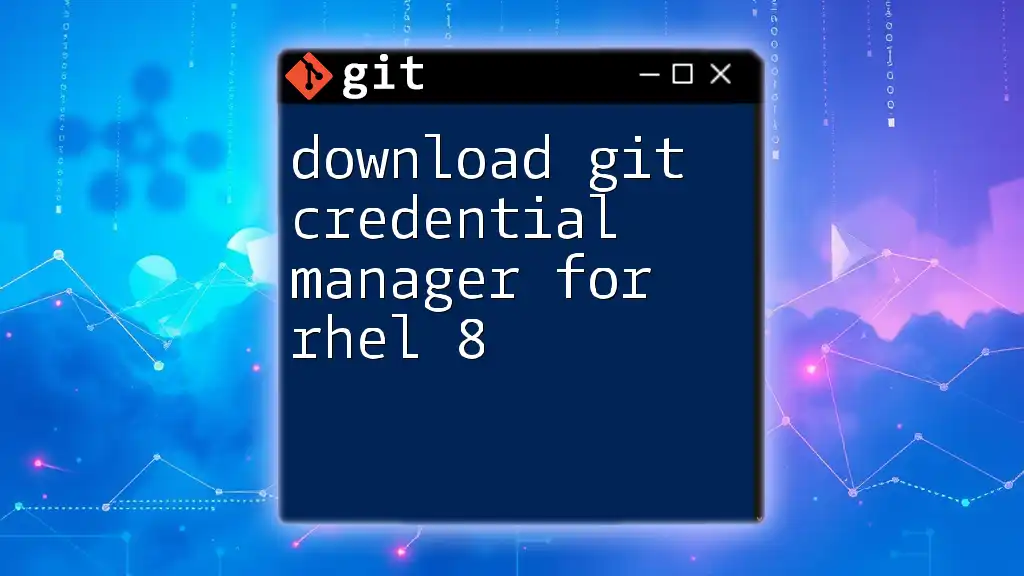
Conclusion
Re-authorizing the OAuth application in the Git Credential Manager is a fundamental part of maintaining secure access to your repositories. Ensuring that your tokens are current not only enhances your security but also improves your overall experience while using Git. Make it a practice to monitor and manage your OAuth tokens regularly.
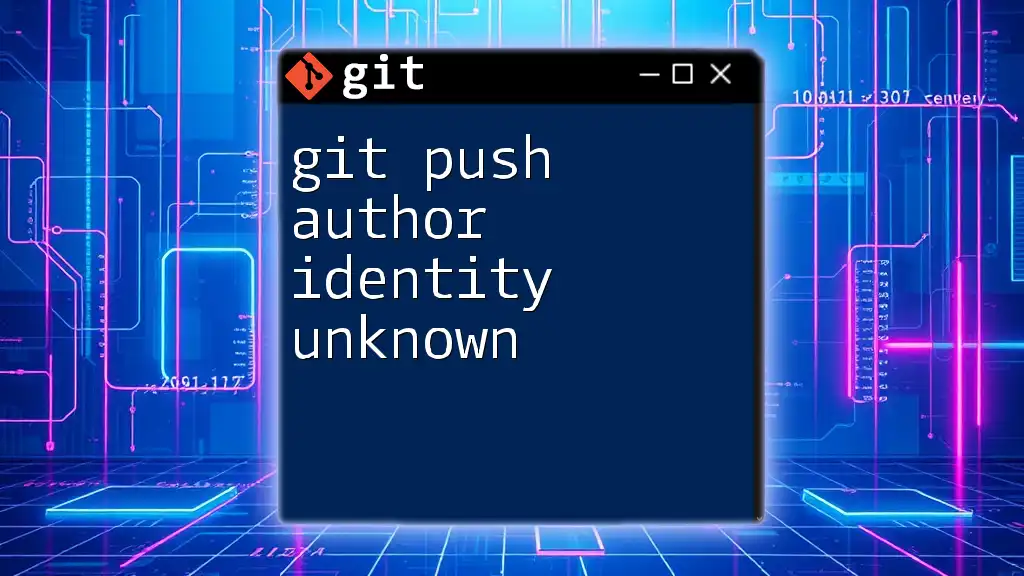
Additional Resources
For more detailed information, check the official documentation on Git Credential Manager. Explore further resources on Git, OAuth, and credential management to deepen your understanding. Community forums can also provide invaluable support for any Git-related inquiries.
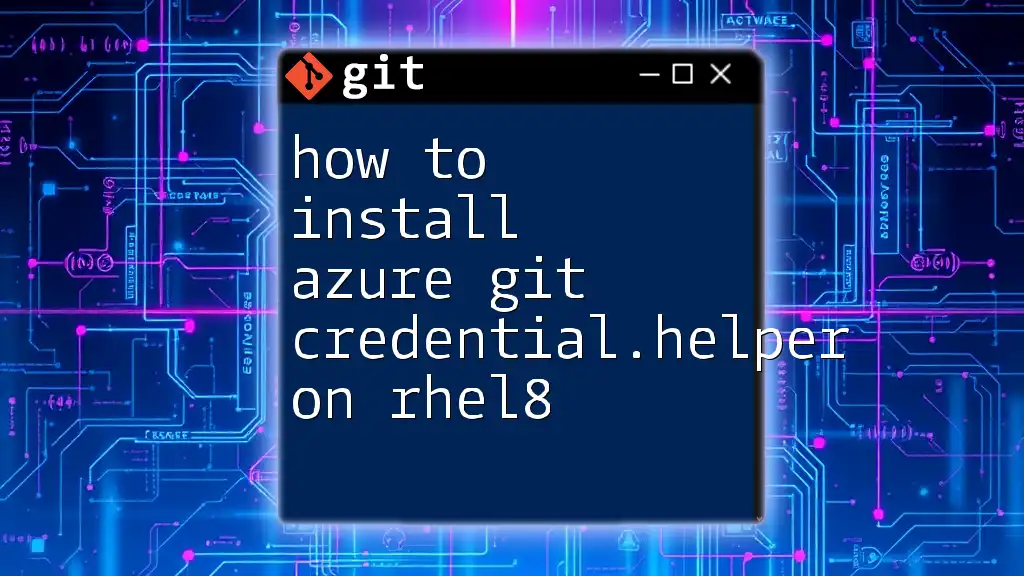
Call to Action
If you found this guide helpful, subscribe for more concise and empowering articles about Git commands. Explore our courses and resources designed to elevate your Git skills effectively!

